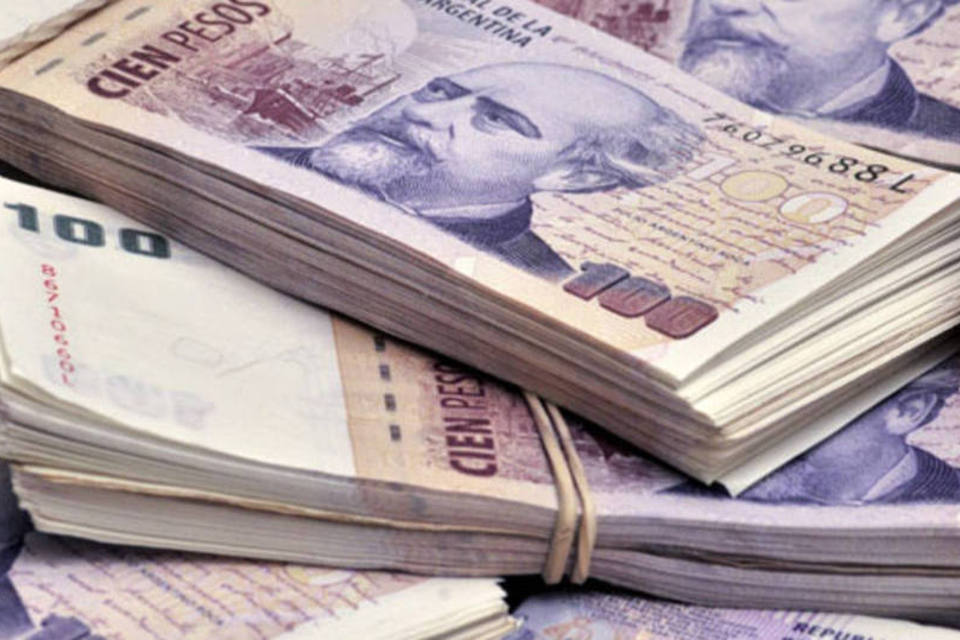The U.S. dollar value in Argentina’s unofficial market has spiked to a new high, following recent monetary and fiscal policies implemented by the government.
This induced a partial devaluation of the Argentine peso, with the dollar rising by 3.9% to 550 pesos per unit on the parallel market.
The uptick occurred subsequent to governmental adjustments to the official dollar rate for certain agricultural exports and the application of taxes on most imported goods.
Some economists and market participants view these actions as an implicit devaluation that could prompt inflationary and activity pressures in the short term.
The “agro dollar” rate has improved by 13%, and the hidden cost for imports has climbed 7.5% due to these changes.
The government aims to amplify dollar influx via escalated agricultural export liquidation and to deter imports, thereby enhancing the Central Bank’s lean monetary reserves.
These steps were taken in the wake of Argentina and the International Monetary Fund (IMF) announcing an understanding to settle an agreement later this week regarding modifications to monetary, fiscal, and reserve objectives in the debt refinancing pact signed in 2022.
However, some financial institutions suggest these changes may not significantly alter current trends, with reserves expected to continue to dwindle.
They also express concerns about the potential of these policies to further distort prices and complicate the multiple exchange rate system.
Meanwhile, other exchange rate mechanisms reflected marginal increases in the dollar value, with differing rates for more sophisticated financial strategies.
This divergence between the official and the “blue dollar” rate is now at a stark 94%.


